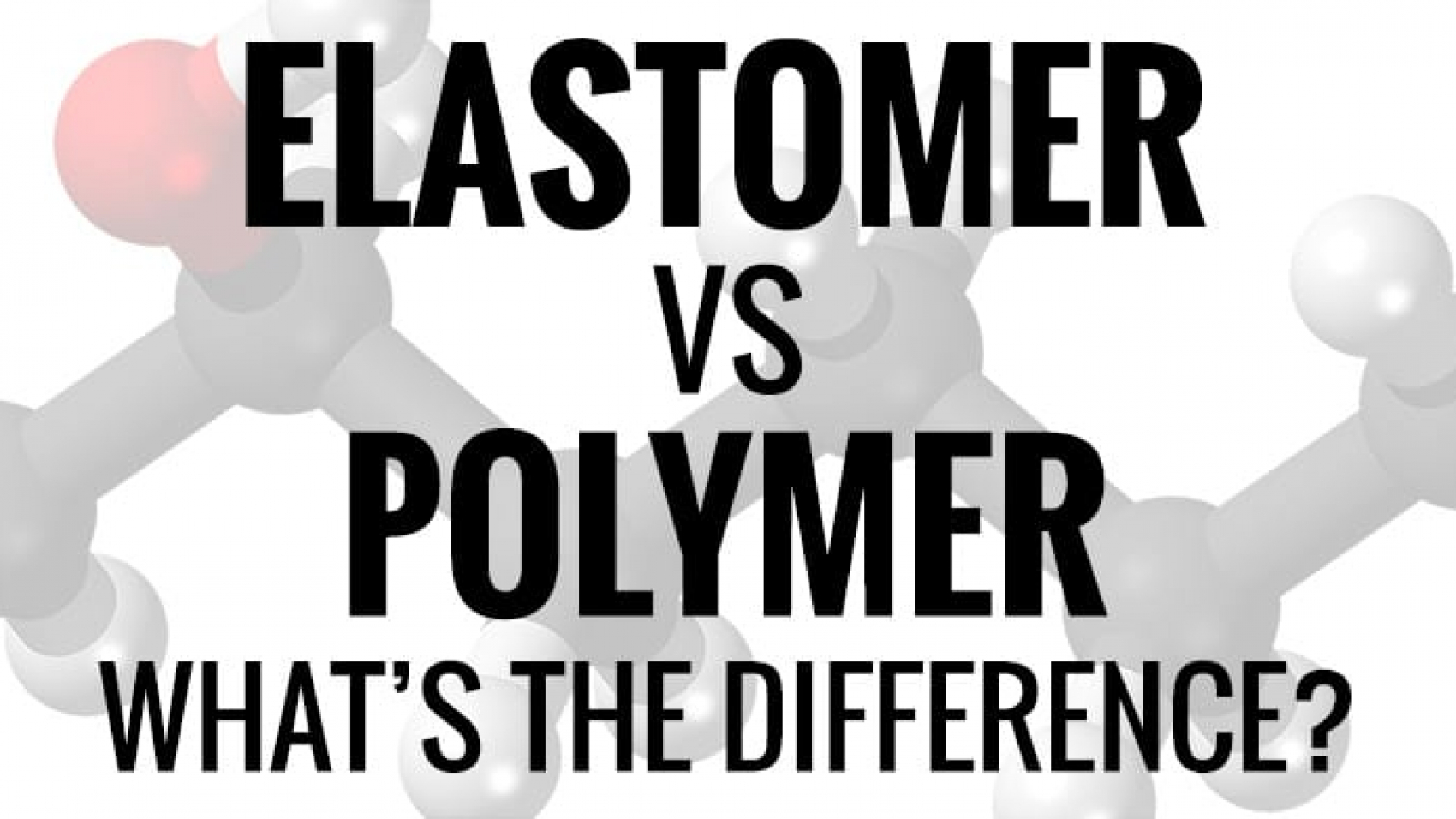The primary problem in separating the distinction between an elastomer as opposed to a polymer is that they are part of the polymer family. When you hear “elastomer,” you might think of “elastic because the word is actually derived from the word ‘elastic polymer. The elasticity of elastomers can be one of the reasons that this specific polymer is frequently employed interchangeably with”rubber.. But it is true that an elastomer is an elastomer, which is a polymer that exhibits viscoelasticity and properties that include viscosity as well as elastic. In this article, we will break down the primary difference between elastomer and polymer.
What is an ELASTOMER?
A elastomer is made up of polymers linked by chemical bonds, with a crossed-linked form. Without the cross-linkages, applied stress to an elastomer could cause permanent deformation. This is why the material is distinguished by its an extremely high elongation and flexibility and elasticity. This can prevent the material from snapping, cracking or breaking when it is deformed.
What is a POLYMER?
polymer can be a term used for any molecule that is repeated chains of smallermolecules that bond known as monomers. They include organic polymers, such as DNA and amino acids as well as more common synthetic polymers that include plastics, such as thermoplastics and thermosets. Synthetic polymers are utilized in all sorts of items carpets and clothing are made of polyester fibers, foam cushions and upholstery furniture are constructed of polymers, polyethylene cups valves and pipes bags made of plastic and containers, cooking equipment, medical devices rubber for tires and tubing electronic components, polyurea, paints, adhesives, etc are just a few examples of polymers.
ELASTOMER ASSISTANCE AND APPLICATIONS
As as a polymer, elastomers are a category of flexible polymeric or plastic material which includes synthetic natural and synthetic rubber. They are great for molding, insulation and can withstand deformation. They can easily be formed into a variety of rubbery shapes which are then cured. Their versatility and effectiveness allow an application of elastomers popular for many different everyday items such as skateboard wheels and shoes’ soles to electronic cabling, gaskets along with wire insulation.
Elastomer Properties
Elastomers may possess properties like thermosets or thermoplastics. Since they are thermosets, they can be utilized in high-temperature applications. The range of thermoset elastomer like the rest of thermosets, is restricted to a certain extent in relation to recycling and reprocessing. Once the thermoset elastomer is formed and is reversible, it can’t be reversed. Thermoplastic elastomers however permit reprocessing through heating the material to a higher temperature. This temperature transforms the material from glassy and hard to a soft, pliable material. Thermoplastic elastomers aren’t suitable for applications with high temperatures.
Industries that work with Elastomers have long acknowledged their useful properties:
Physical Flexibility One of the biggest advantages of elastomers are the ability to custom mold their shape, size, flexibility and color according to customer specifications.
Short Production Time Elastomers can be mixedand molded as well as cured or vulcanized quickly making for shorter time to produce.
Excellent Insulator The closed cell properties allow for efficient insulation of electrical and electronic products for a range of industrial and domestic applications.
Great Adherence Elastomers are able to be placed next to other materials including metallic, tough plastic or various kinds of rubber with great adhesion.
Resistance to heat, chemical and creep Elastomers don’t melt, but they do change into the gaseous state. They generally are not soluble but they can expand when exposed to solvents. They have less the creep resistance as thermoplastic materials. Some are fire-resistant that can provide an element of security.
environmental durability Thermosetting plastic elastomers remain stable even at extremely high temperatures, and withstand harsh environments. They will also maintain their form and colors regardless of the exposure to air or water gases. There is however an urgent demand for more elastomers which can are able to perform at low temperatures.
THE VERSATILITY of EASTOMERS
Rubber BandsBecause they have elasticity and flexibility, they are able to be molded into a variety of shapes and sizes. properties that are characteristic of elastomeric materials illustrate their numerous applications. In addition to the natural rubber used in elastomers, they can be used in a variety of applications, including the polyurethanes utilized for textile industry and polybutadienes for tires or wheels, neoprene used for wetsuits and wire insulation industrial belts as well as silicone that is utilized in a variety of substances, including medical devices, molding and lubricants, among others.
The main difference between elastomer and polymer can be seen in the fact that they are an exclusive polymer that has distinct features and properties. There are many applications for them and they are used extensively in many industries, particularly electronic, automobiles, sports and assembly line manufacturing.

